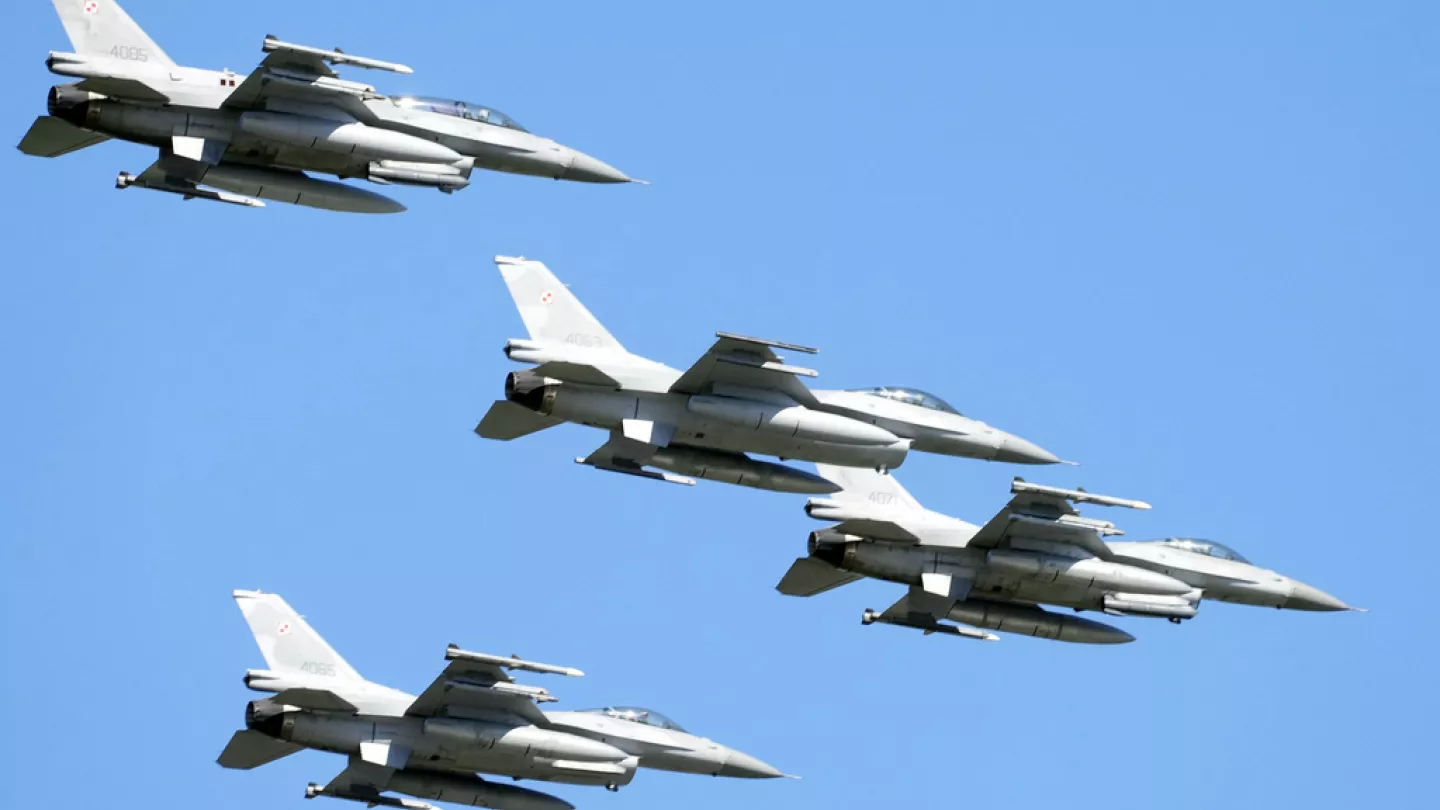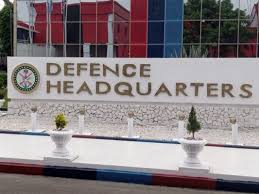
Australia has accused China’s military of conducting “unsafe and unprofessional” manoeuvres after a Chinese fighter jet released flares dangerously close to an Australian surveillance aircraft over the South China Sea, the Defence Department said on Monday.
The incident occurred on Sunday, when an Australian P-8A Poseidon maritime patrol aircraft was conducting what Canberra described as a “routine operation” in international airspace.
According to officials, the Chinese jet released flares “in close proximity” to the Australian plane, forcing it to take evasive action. No damage was reported, and the crew was unharmed.
Australia said it had lodged a formal complaint with Beijing, warning that such behaviour risked escalating tensions in one of the world’s most contested waterways.
“The Australian Defence Force expects all nations, including China, to operate their militaries safely and professionally,” the department said in a statement.
China, however, rejected the allegations. Senior Colonel Li Jianjian, spokesperson for the People’s Liberation Army Southern Theater Command Air Force, accused the Australian aircraft of “illegally intruding” into Chinese airspace, saying the response was necessary to protect China’s sovereignty.
“The Australian aircraft seriously infringed upon China’s sovereignty and security,” Li said, urging Canberra to “immediately cease its infringing and provocative actions.”
The encounter marks the latest in a series of tense military incidents between the two countries in the region, where China claims vast swaths of the South China Sea — overlapping with the territorial waters of several Southeast Asian nations.
The timing of the confrontation is also notable. It occurred just as Prime Minister Anthony Albanese departed for the United States to meet President Donald Trump, with discussions expected to focus on AUKUS, the multi-billion-dollar submarine pact between Australia, the US, and the UK.
Sunday’s flare incident follows a similar episode in February, when Australia accused a Chinese jet of dropping flares near one of its aircraft in the same area. Beijing at the time defended its actions as “lawful and restrained.”
In May last year, Canberra also alleged that a Chinese fighter released flares near an Australian Navy helicopter participating in a UN Security Council mission over the Yellow Sea, while in November 2023, Australian divers were injured after a Chinese naval vessel allegedly used sonar pulses in international waters off Japan.
Although Australia makes no territorial claims in the South China Sea, it has consistently backed the United States and its allies in rejecting China’s sweeping assertions of sovereignty, calling them “without legal basis.”
The latest confrontation underscores the fragile state of military relations between Canberra and Beijing, even as both governments publicly emphasize the need for stability and dialogue in the Indo-Pacific.



